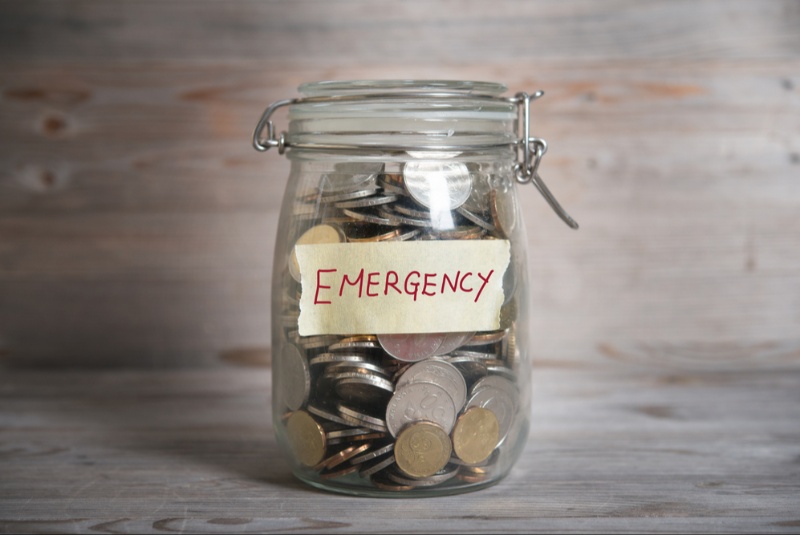In an unpredictable world, a home emergency fund is akin to a safety net, there to catch us when unexpected financial hurdles spring up. Be it a sudden medical emergency, a job loss, or urgent home repairs; these unanticipated expenses can take a toll on anyone’s finances. Hence, a cushion of savings is imperative. If you're looking to build this financial buffer, here's a 12-month blueprint to establish a robust home emergency fund.
1. Understand the Importance of an Emergency Fund
Before you start, comprehend why it's pivotal. An emergency fund:
- Offers financial security.
- Reduces the need for debt in emergencies.
- Allows for peace of mind in turbulent times.
2. Determine Your Target Amount
Most financial experts recommend saving 3-6 months' worth of living expenses. However, your target will depend on your comfort level and individual circumstances.
- Single-income household: Aim for 6-9 months of expenses.
- Dual-income household: 3-6 months might suffice.
- Freelancers or seasonal workers: 9-12 months, as income can be more unpredictable.
3. Break Down the Goal
Divide your target amount by 12 to get a monthly saving goal. For instance, if you aim to save $12,000 in a year, you need to stash away $1,000 every month.
4. Automate Savings
Set up an automatic monthly transfer from your checking account to a dedicated emergency savings account. This ensures that you're consistently contributing without the temptation to divert funds elsewhere.
5. Cut Non-Essential Expenses
Review your monthly expenses and identify areas to cut back:
- Dine out less frequently.
- Cut the cable and opt for cheaper streaming services.
- Shop smart: look for discounts, buy in bulk, or consider second-hand items.
6. Create Additional Income Streams
Consider side hustles or freelance opportunities. Every additional dollar earned can accelerate your fund-building journey.

7. Allocate Unexpected Cash
Direct bonuses, tax refunds, or any windfalls straight to your emergency fund.
8. Revisit and Adjust
At the halfway mark, review your progress. If you're behind on your goal, consider tweaking your strategy or allocating more funds from other avenues.
9. Avoid Touching the Fund
The purpose of an emergency fund is to act as a safety net during genuine emergencies. It's not for impromptu vacations or retail therapy.
10. Invest Wisely
While it's essential to have your emergency fund quickly accessible, consider keeping a part of it in a high-yield savings account or short-term CDs. This allows your money to grow, albeit slightly, over time.
11. Stay Informed
Stay updated with the latest financial advice and adjust your strategies as required. Economic landscapes, interest rates, and personal circumstances change; your approach should too.
12. Celebrate Milestones
Building a financial cushion is no small feat. Celebrate when you hit the halfway mark or any other personal milestones. This not only boosts morale but also keeps you motivated.
Establishing a home emergency fund might seem daunting initially. However, by breaking down the process, adopting disciplined savings habits, and remaining committed to the goal, it is more than achievable. This 12-month blueprint provides a structured approach, but it's crucial to remember that everyone's financial journey is unique. Adjust these steps based on your personal situation, and you'll soon have a financial safety net ready to support you in times of need.
